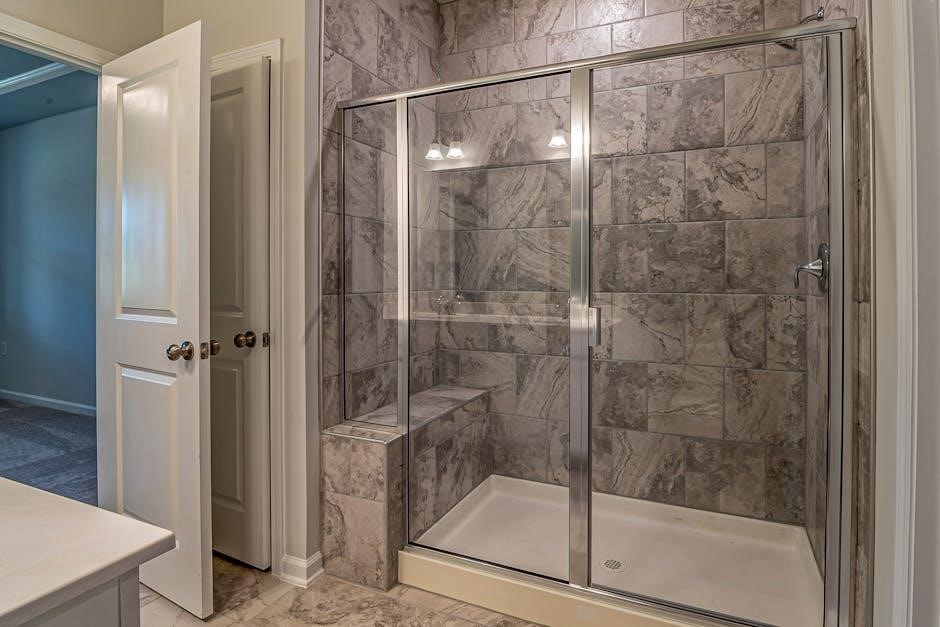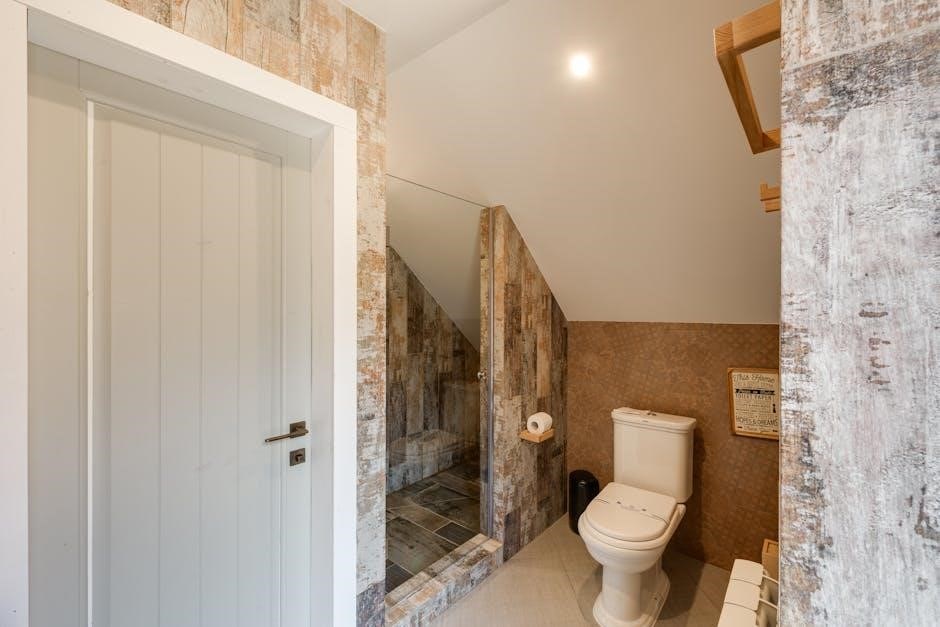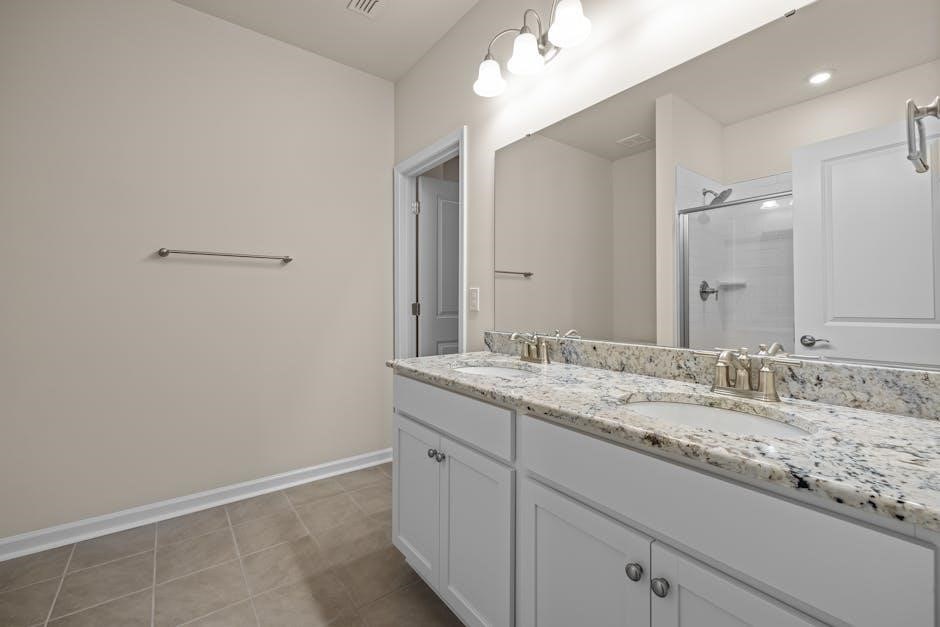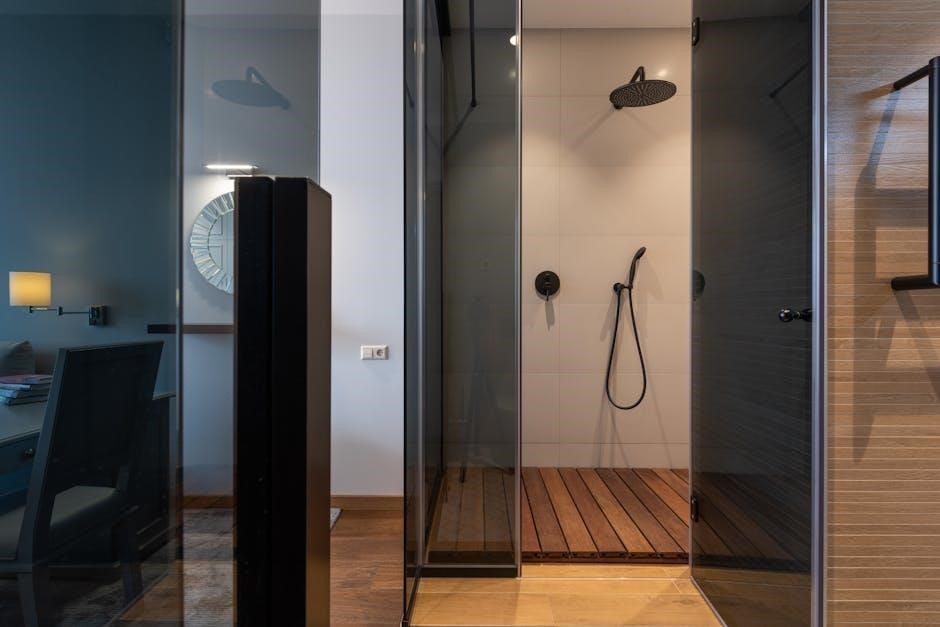sliding shower door bottom guide and retainer
- by antonina

Sliding Shower Door Bottom Guide and Retainer: A Comprehensive Guide

Sliding shower door bottom guides and retainers are essential components for ensuring smooth, secure operation. This guide will delve into the types, benefits, installation, and maintenance of these crucial parts. We will equip you with the knowledge to choose and install them correctly.
Understanding Sliding Shower Door Bottom Guides

Sliding shower door bottom guides are small but mighty components that play a vital role in the functionality and longevity of your shower enclosure. These guides, typically made of plastic, are designed to keep the sliding door panels aligned within their tracks. This prevents wobbling, sticking, and potential damage to the doors and frame.
The primary function of a bottom guide is to ensure the smooth gliding motion of the shower door. By maintaining alignment, the guide minimizes friction and stress on the rollers, extending their lifespan. A properly functioning bottom guide also contributes to a watertight seal, preventing water from escaping the shower enclosure and potentially causing water damage in your bathroom.
These guides come in various shapes and sizes to accommodate different shower door designs and track systems. Some are adjustable, allowing for fine-tuning of the door’s position, while others are fixed. Understanding the specific type of bottom guide required for your shower door is crucial for proper installation and optimal performance. Neglecting a worn or damaged bottom guide can lead to a cascade of problems, including difficulty opening and closing the door, increased noise, and even eventual failure of the entire sliding mechanism.
Types of Bottom Guides

Sliding shower door bottom guides come in a variety of designs, each suited for specific shower door configurations and track systems. Understanding these different types is crucial for selecting the appropriate replacement or upgrade for your shower.
Channel Guides: These guides feature a U-shaped channel that the bottom edge of the shower door slides within. They are typically made of plastic and are easy to install, often requiring only a few screws or adhesive strips. Channel guides are a common choice for framed shower doors.
Hook Guides: Hook guides, like the SWISCO 10-139, attach to the bottom track using hooks. These are often found in older shower door models and require a specific track design for proper installation. Replacing them involves sliding the shower doors to one side and carefully removing the old guides.
Adjustable Guides: These guides offer the flexibility to fine-tune the position of the shower door, ensuring smooth rolling and perfect alignment with the track. They are particularly useful for correcting minor alignment issues and preventing the door from sticking.
Sill Guides: Sill guides are designed to be mounted on the shower sill or threshold. They provide a stable base for the shower door and help to prevent water from escaping.
Benefits of Using Bottom Guides
Sliding shower door bottom guides provide several key benefits that enhance the functionality, safety, and longevity of your shower enclosure.
Ensuring Smooth Operation: Bottom guides keep the shower door aligned within its track, preventing it from sticking, rattling, or derailing. This results in a smooth and effortless gliding motion, enhancing the overall shower experience.
Preventing Leaks: By maintaining proper alignment, bottom guides help to create a tight seal between the shower door and the track, minimizing water leaks and preventing water damage to your bathroom floor.
Enhancing Safety: A properly functioning bottom guide prevents the shower door from swinging outwards or falling off its track, reducing the risk of accidents and injuries, especially for children and the elderly.
Extending Door Lifespan: By reducing stress and strain on the door and its components, bottom guides contribute to the overall longevity of the shower door system, preventing premature wear and tear and saving you money on costly repairs or replacements.
Maintaining Aesthetics: A well-maintained shower door with a functional bottom guide contributes to the overall aesthetic appeal of your bathroom, creating a clean and polished look.
Identifying a Damaged or Worn Bottom Guide
Recognizing a damaged or worn bottom guide is crucial for maintaining the smooth operation and safety of your sliding shower door. Several telltale signs indicate that your bottom guide requires attention or replacement.
Door Sticking or Rattling: If your shower door sticks, binds, or rattles when you slide it, the bottom guide may be worn or damaged, causing misalignment.
Visible Cracks or Breaks: Inspect the bottom guide for any visible cracks, chips, or breaks in the plastic or metal material. These physical damages compromise its ability to guide the door effectively.
Loose or Missing Parts: Check if any parts of the bottom guide are loose, detached, or missing. This could include screws, rollers, or the guide itself, which can lead to instability and misalignment.
Excessive Wear: Examine the guide for signs of excessive wear, such as grooves or indentations caused by the door rubbing against it. This indicates that the guide is no longer providing adequate support and needs replacing.
Door Coming Off Track: If your shower door frequently comes off its track, the bottom guide may be failing to keep it properly aligned, posing a safety hazard.
Tools and Materials Needed for Replacement
Replacing a sliding shower door bottom guide is a straightforward DIY project, but having the right tools and materials at hand will ensure a smooth and successful installation. Here’s a comprehensive list of what you’ll need:
New Bottom Guide: Select a replacement bottom guide that matches your existing one in size, shape, and material. Ensure it’s compatible with your shower door and track.
Screwdriver: You’ll need a Phillips head screwdriver to remove the old guide and install the new one. Make sure it fits the screws properly to avoid stripping them.
Pliers: Pliers can be helpful for gripping and manipulating small parts, such as screws or clips, during the removal and installation process.
Utility Knife: A utility knife can be used to score or cut away any old caulk or adhesive that may be holding the old guide in place.
Silicone Sealant: Apply silicone sealant around the new guide to create a watertight seal and prevent leaks. Choose a sealant that is specifically designed for use in wet environments.
Clean Rag or Sponge: Use a clean rag or sponge to wipe away any dirt, debris, or excess sealant from the shower door and track.
Drill and Drill Bits (Optional): If the new guide requires drilling new holes, you’ll need a drill and appropriately sized drill bits.
Step-by-Step Guide to Removing the Old Bottom Guide
Removing the old sliding shower door bottom guide is a crucial first step in the replacement process. Follow these steps carefully to avoid damaging the door or track:
Prepare the Area: Lay down a blanket or cardboard to protect your shower base from scratches; Ensure you have enough space to maneuver the shower doors.
Slide the Doors Open: If the doors are still sliding, open them fully to access the bottom guide.
Locate the Fasteners: Identify the screws or clips that secure the bottom guide to the door or track. These are usually located on the sides or bottom of the guide.
Remove the Fasteners: Use a screwdriver to remove any screws. If there are clips, carefully pry them open with a flathead screwdriver or pliers.
Loosen the Guide: If the guide is stuck, use a utility knife to score around the edges and break any caulk or adhesive seal.
Remove the Old Guide: Gently wiggle the guide back and forth until it comes loose. If it’s still stubborn, try tapping it lightly with a rubber mallet.
Clean the Area: Once the old guide is removed, clean the area thoroughly with a clean rag and a mild cleaner to remove any residue.
Step-by-Step Guide to Installing the New Bottom Guide
Installing a new bottom guide ensures smooth sliding and prevents water leakage. Follow these steps for a secure and effective installation:
Prepare the Surface: Ensure the area where the guide will be installed is clean and dry. Remove any debris or old adhesive.
Position the New Guide: Slide the new bottom guide into place under the door, aligning it with the track. Ensure it fits snugly and allows the door to move freely.
Mark the Position: Once you’re satisfied with the placement, use a pencil to trace around the guide’s edges. This will serve as a reference for drilling or adhering.
Pre-Drill Holes (if needed): If the guide requires screws, pre-drill pilot holes through the marked spots. This prevents cracking or splitting the threshold.
Apply Sealant: Apply a bead of silicone sealant to the bottom of the guide to create a watertight seal.
Secure the Guide: Attach the guide using screws or adhesive, depending on the type of guide. Ensure it is firmly in place.
Test the Door: Slide the door back and forth to ensure it moves smoothly and the guide is functioning correctly.
Adjusting and Aligning the Bottom Guide
Proper adjustment and alignment are crucial for optimal shower door performance. Follow these steps to fine-tune your newly installed bottom guide:
Initial Assessment: After installation, observe how the door slides. Does it move smoothly, or does it stick or wobble?
Loosen Screws (if applicable): If the guide is adjustable, slightly loosen the screws that secure it. This allows for minor adjustments.
Adjust the Position: Gently nudge the guide left or right until the door slides without resistance and aligns properly with the frame.
Check for Gaps: Ensure there are no significant gaps between the door and the shower frame when closed. These gaps can lead to water leakage.
Tighten Screws: Once the optimal position is achieved, carefully tighten the screws, ensuring the guide remains in place.
Re-test the Door: Slide the door several times to confirm the adjustment is effective and the door operates smoothly.
Fine-Tune (if needed): If any issues persist, repeat the adjustment process until the door is perfectly aligned and slides effortlessly.
Troubleshooting Common Problems

Even with careful installation, issues may arise with your sliding shower door bottom guide. Here’s how to troubleshoot some common problems:
Door Sticking or Binding: This often indicates misalignment. Re-adjust the bottom guide, ensuring it’s properly positioned to allow smooth movement; Check for debris in the track.
Door Wobbling: A loose bottom guide can cause the door to wobble. Tighten the screws securing the guide. If the screw holes are stripped, use longer screws or anchors.
Water Leakage: If water leaks despite the guide being in place, inspect the seal between the guide and the shower base. Apply silicone sealant to fill any gaps.
Guide Coming Loose: Use stronger adhesive or fasteners to secure the guide more firmly. Consider using a different type of guide that offers better stability.
Noisy Door Operation: Lubricate the rollers and track with silicone spray. Ensure the bottom guide isn’t rubbing against the door or track;
Door Jumping the Track: This usually means the guide is too wide or not properly aligned. Replace the guide with the correct size and adjust its position.
Maintenance Tips for Bottom Guides
Proper maintenance of your sliding shower door bottom guide ensures smooth operation and prolongs its lifespan. Here are essential tips to keep your guide in top condition:
Regular Cleaning: Clean the bottom guide and the surrounding track frequently to remove soap scum, mildew, and debris. Use a mild detergent and a soft brush.
Lubrication: Periodically lubricate the rollers and the track with silicone spray. This reduces friction and ensures the door glides smoothly. Avoid oil-based lubricants, as they can attract dirt.
Inspection: Regularly inspect the bottom guide for signs of wear and tear, such as cracks, looseness, or damage. Replace worn or damaged guides promptly.
Tighten Fasteners: Check and tighten the screws or adhesive securing the bottom guide to the shower base. Loose guides can cause instability and water leakage.
Avoid Harsh Chemicals: Refrain from using harsh chemicals or abrasive cleaners on the bottom guide, as they can damage the material and finish.
Proper Alignment: Ensure the bottom guide remains properly aligned. Misalignment can cause the door to stick, wobble, or come off track.
Cleaning the Shower Door Track
A clean shower door track is essential for smooth sliding and prevents damage to the bottom guide. Here’s how to effectively clean your shower door track:
Gather Supplies: You’ll need a vacuum cleaner with a crevice attachment, a scrub brush, mild detergent, warm water, vinegar, baking soda, paper towels, and an old toothbrush.
Vacuum Debris: Use the vacuum cleaner to remove loose dirt, hair, and debris from the track.
Apply Cleaning Solution: Mix warm water with a mild detergent or create a paste of baking soda and vinegar. Apply the solution to the track, ensuring it covers all areas.
Scrub the Track: Use the scrub brush or old toothbrush to scrub away soap scum, mildew, and grime. Pay attention to corners and hard-to-reach areas.
Rinse Thoroughly: Rinse the track with warm water to remove the cleaning solution and loosened debris.
Dry the Track: Use paper towels or a clean cloth to dry the track completely. Moisture can lead to mildew growth.
Preventative Measures: Regularly wipe down the track after showering to prevent buildup.
Choosing the Right Bottom Guide
Selecting the correct bottom guide for your sliding shower door is critical for optimal performance and longevity. Several factors come into play when making your choice.
Door Thickness: Ensure the guide’s channel width accommodates your shower door’s thickness. Guides often specify a maximum glass thickness, typically around 7/16 inch.
Track Compatibility: The guide must fit properly within the existing shower door track. Consider the track’s width and depth.
Material: Bottom guides are commonly made of plastic or metal. Plastic guides are cost-effective and corrosion-resistant, while metal guides offer greater durability.
Mounting Style: Guides can be bottom-mounted, hook-mounted, or adhesive-mounted. Choose a style that aligns with your shower door design and installation preferences.
Adjustability: Adjustable guides allow fine-tuning of the door’s position, ensuring smooth rolling and alignment.
Brand and Reviews: Research reputable brands and read customer reviews to gauge the guide’s quality and reliability.
Considerations: By carefully assessing these factors, you can select a bottom guide that provides a secure, smooth, and lasting solution for your sliding shower door.
Alternatives to Traditional Bottom Guides
While traditional bottom guides are a common solution for sliding shower doors, several alternatives offer different approaches to door alignment and stability.
Frameless Shower Doors: These doors often rely on heavy-duty hinges and minimal framing, reducing the need for bottom guides. They maintain alignment through precise installation and robust hardware.
Overlapping Door Designs: Some sliding shower door systems feature overlapping panels that inherently provide stability, minimizing the need for guides.
Magnetic Seals: Magnetic seals along the door edges can help maintain alignment and prevent water leakage, potentially reducing reliance on bottom guides.
Integrated Sweeps: Some doors incorporate a full-length sweep along the bottom edge that provides both water protection and a degree of stability, acting as a guide.
Floor-Mounted Rollers: Instead of traditional guides, some systems use rollers that run along a track mounted to the floor. This design offers smooth operation and can eliminate the need for a top track.
Considerations: The suitability of these alternatives depends on the specific shower door design, desired aesthetic, and budget. Assess the pros and cons of each option to determine the best fit for your needs.
Related posts:
Tired of bathroom puddles? We’ve got the sliding shower door bottom guide to keep the water where it belongs! Browse our selection now.
Posted in Guide